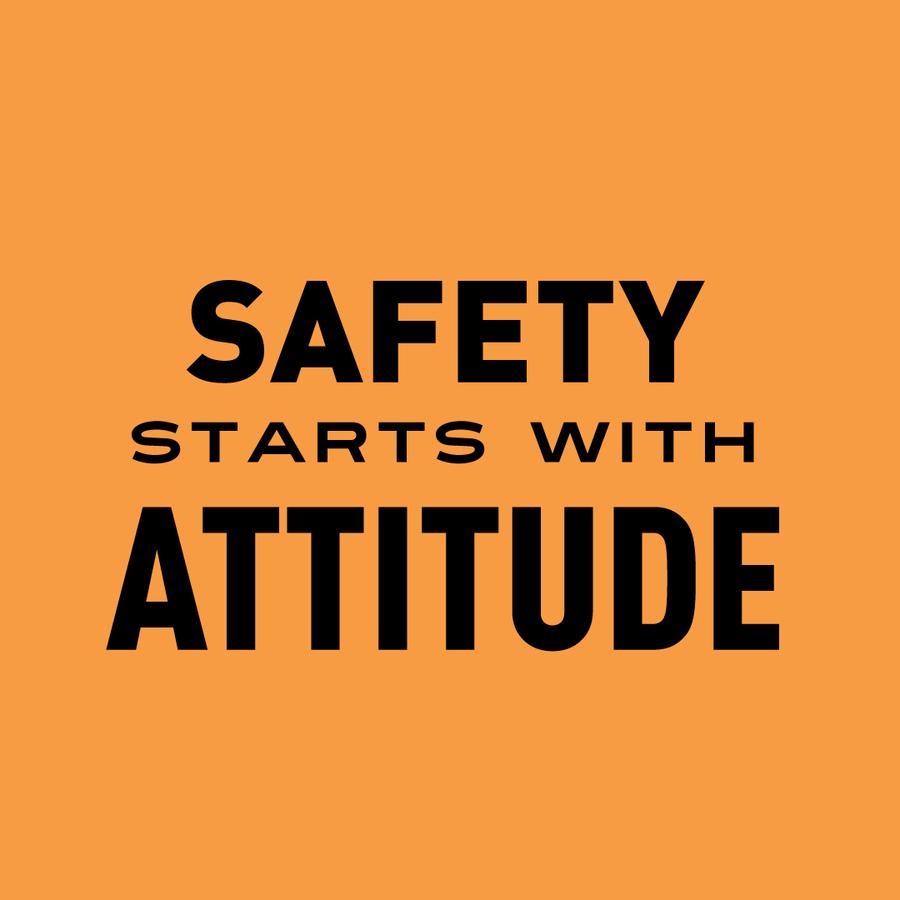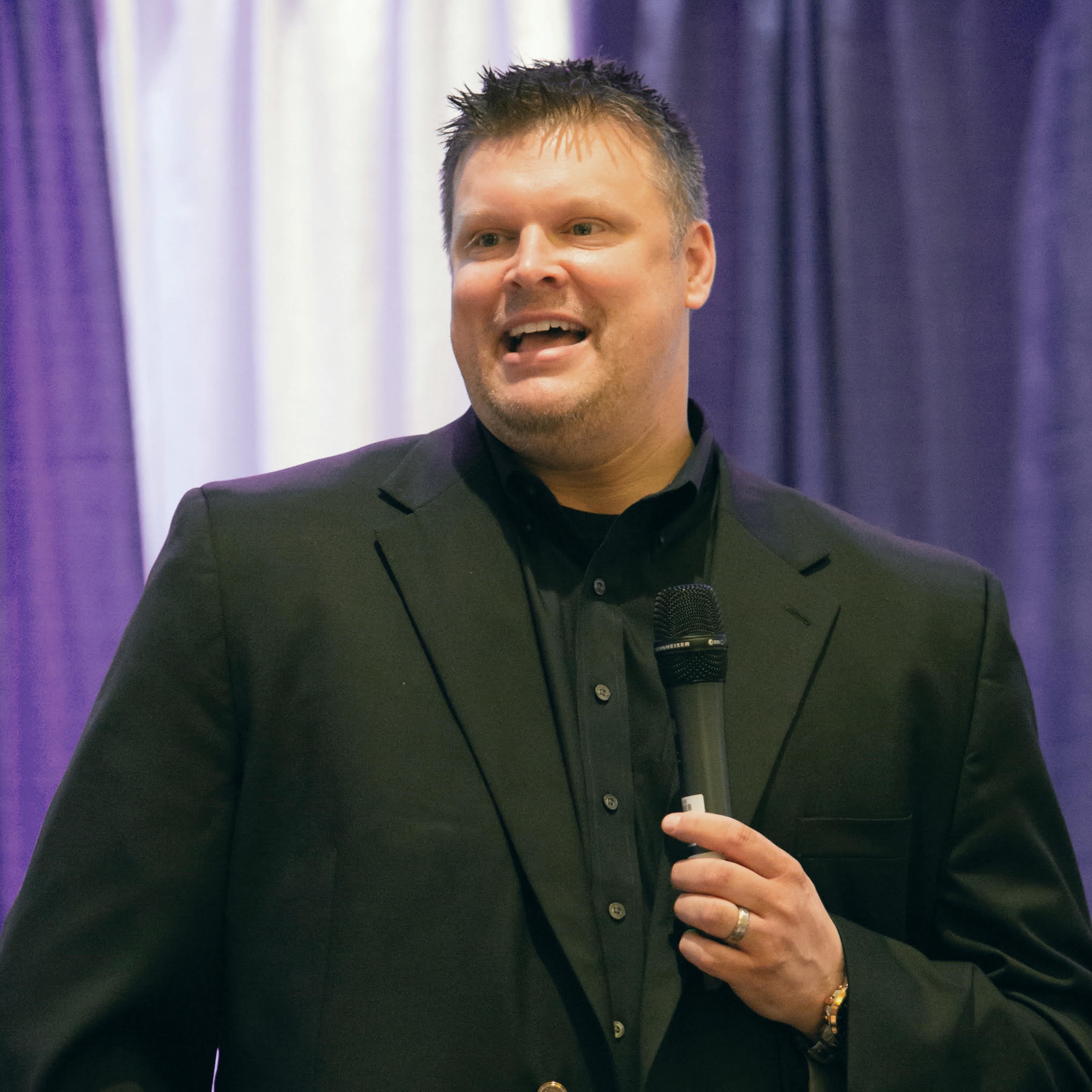
As I was balancing between a wobbly bar stool chair and the kitchen counter, I was on a mission to change the light bulb over the kitchen sink. When I glanced down, I noticed my two daughters, ages 4 and 5, were watching me with utter intensity. My oldest daughter spoke up, “Daddy, is that safe what you are doing?”
“Yes, honey, Daddy knows what he is doing.”
My youngest daughter chimed in, “Daddy, it doesn’t look like you know what you are doing. Should I get Mommy?”
Then, I realized I was setting an example and a poor one at that. Let me justify why I was changing the light bulb the way I was. The ladder was in the garage, which was two flights of stairs down. My history with carefully maneuvering a ladder through the house hasn’t been a good one. At some point, I always ding a wall, and then I have to patch things up and paint. I knew if my wife saw me painting, it would feed her vision to paint other rooms or walls and turn into a weekend production. I just thought, If I am careful, I can balance myself between the chair and counter and get the job done with no issues.
However, looking at my daughters’ eyes bugging out of their eye sockets, I knew what I was doing wasn’t setting the right example. That is what safety leadership is about – setting an example for others to follow. Sure, it is faster to cut corners and justify that we will be super careful, but ultimately, it becomes a habit and eventually, a poor example. Long story short, I got off the counter, got the ladder, and taught my girls how to patch and paint walls.
First lesson to safety leadership is to remember that you are the example. Your actions and attitude showcase what others will replicate.
Second lesson to better safety leadership is about empowering others to care more.
I believe that when you empower people with a positive perspective and purpose, they care more. People who don’t care cause trouble. There is a big difference when you care for someone as a human versus caring about them for their performance. But, what is interesting is that when people feel cared for, their performance improves. I remember a friend of mine who worked in downtown Chicago, and it was during one of the top three worst snowstorms recorded in history for the city. My friend’s boss made an announcement: “If anyone wimps out and goes home early, you will be let go.”
My friend called me and asked what was the best choice. My response was, “Safety first. There are extreme warnings, and if I was in your shoes, I would head home as fast as you can.”
My friend left early and got home safe. Everyone who stayed out of fear of losing their job was stranded in the city. They were all put in an unsafe situation. Some people were stranded in their cars overnight. My friend’s boss was the only one who was let go for not looking out for the well-being of others. If you want others to care more, let’s go back to lesson one – be an example of what it means to care. When you care more, others will jump on board and care more.
The way we empower people to care is by empowering them with a positive purpose.
Third lesson to safety leadership is looking out for each other.
I was recently shipping some boxes at the shipping store, and the woman behind the counter was breaking down boxes with a razor sharp knife. However, I noticed she was engaging in conversations that became distractions. I had to speak up. “I have one of those knifes, they are super sharp. You have to be really careful with those.”
She agreed, but kept engaging in conversations with people around her. She lost focus and ended up cutting her hand. It was a bad cut. The kind of cut where you are like, “I need to sit down and think about something different for a few hours.”
They wrapped her hand up, and do you know what she said? “I should have listened to that guy. He warned me about how sharp the knife was.”
I wasn’t trying to be rude or interfere with her work. I was just trying to look out for her well-being. When you are in safety leadership, we have to keep an eye out for each other. Sometimes, there are blind spots or distractions, and knowing others are watching out for each other minimizes the possibilities of things going wrong.
The fourth lesson to safety leadership is to catch people doing the right things and praising them.
We live in a time where everyone is on the hunt for something that is wrong. Some people do just enough to fly under the radar so they don’t get in trouble. I get it. It’s not fun to have someone look over our shoulder and call us out on every little mistake. Pretty soon, your focus isn’t doing a great job, it’s avoiding someone catching you doing something wrong. That is why it is so important to catch people doing the little things and pull them aside and praise them for what they did. Big or small, appreciate it all. When someone knows you are on the hunt for something good, they will actually work harder to do good.
The fifth lesson to safety leadership is to keep getting better.
Things do go wrong, and sometimes, you can do everything right and still have something go wrong. There is a process to progress. The goal is and should be to strive to keep getting better every day. Learn from what works and what doesn’t work. This should be a core value for anyone who values safety in the workplace and in life. Safety leadership only gets better as those in safety leadership get better, and it starts with attitude.
To inquire about having Sam Glenn be a motivational guest speaker at your up-coming meeting or conference, contact us at Contact@SamGlenn.com
